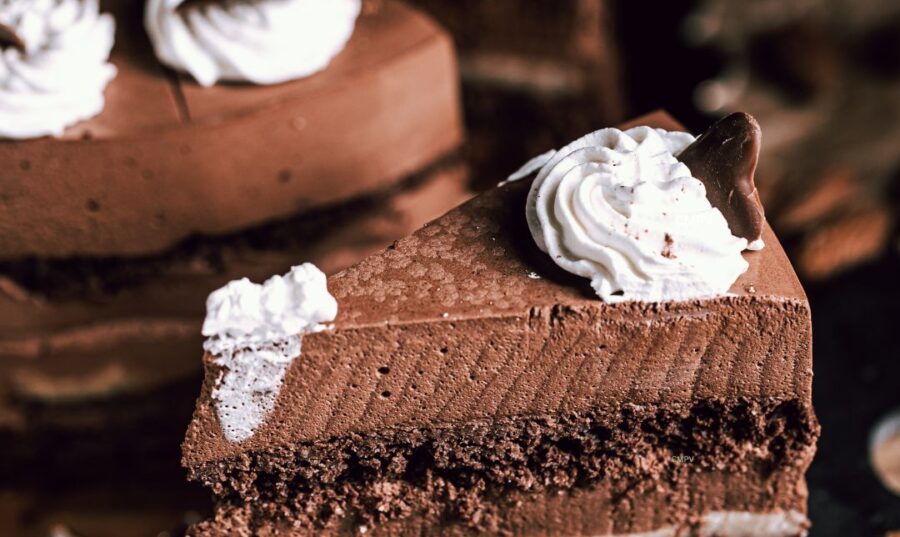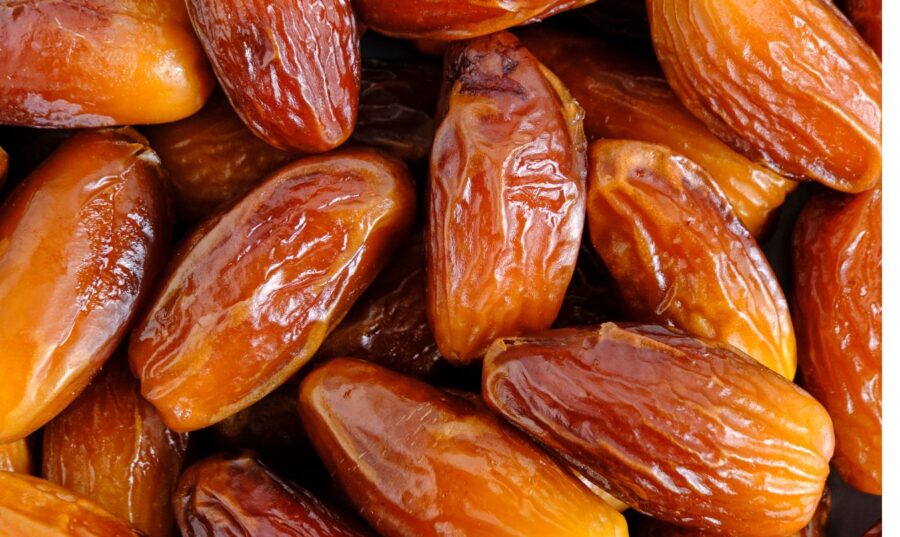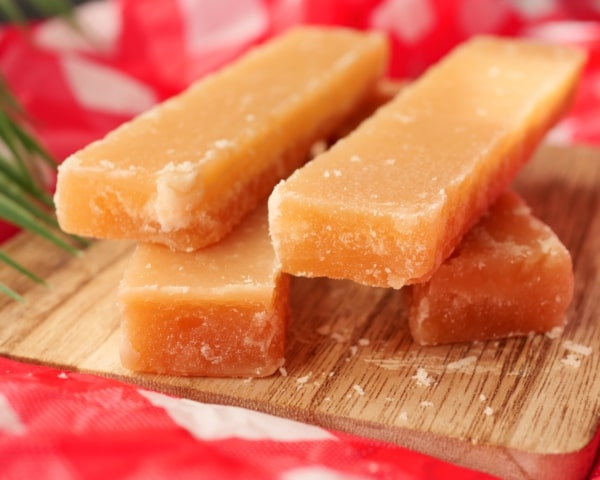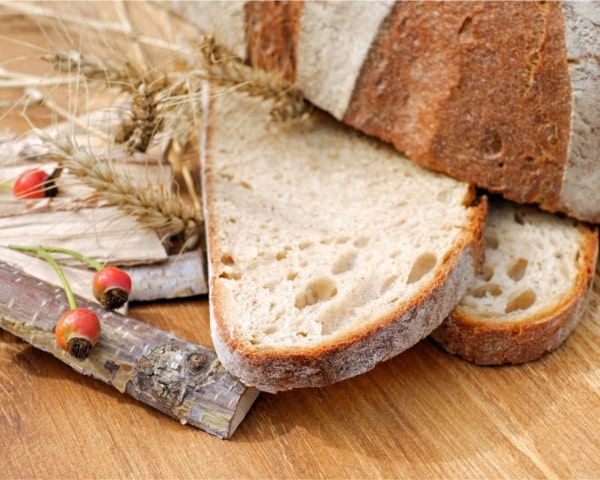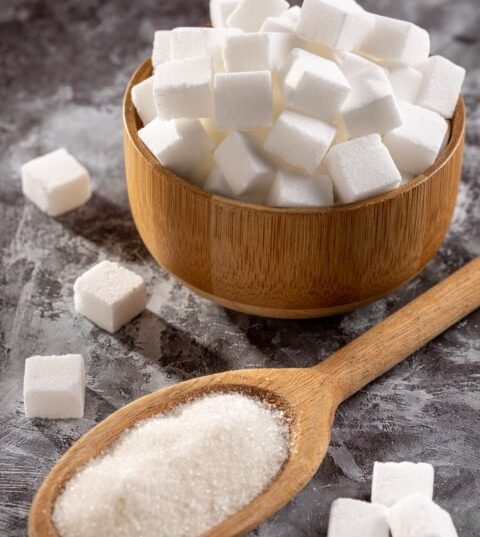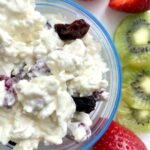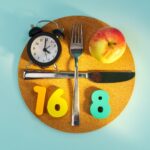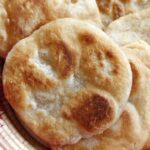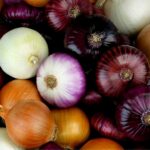|
Getting your Trinity Audio player ready...
|
It's no secret that chronic (long-term) inflammation can be detrimental to your health. This has been linked to many diseases such as cancer, diabetes, depression, Alzheimer's, heart and autoimmune diseases. The chronic low grade inflammation This is what happens when our body's defense response gets 'stuck', leaving us in a state of constant alert, almost imperceptible to us.
There are several foods and dietary substances that can increase and perpetuate chronic low-grade inflammation in our bodies. Of all the foods and substances studied, sugar tops this list. Excess sugar consumption leads to inflammation. The five main mechanisms that explain how excessive sugar consumption causes inflammation in our body are the following:
- The combination in our blood of sugar with proteins or fats from foods creates harmful compounds called 'advanced glycation end products' (AGEs). Excessive amounts of these compounds in our blood lead to inflammation throughout the body.
- Sugar reduces the microbial diversity of our intestine, causing it to become more permeable, that is, allowing water or liquids to pass into the bloodstream. This situation allows bacteria and other inflammatory particles to enter our blood easily, creating inflammatory states in our body.
- Sugar causes the level of 'bad' cholesterol (LDL) in the blood to increase. Excess LDL is deposited on arterial walls, stimulating an inflammatory response. If excessive sugar consumption continues, the inflammatory state will persist, which will eventually cause atherosclerosis.
- Sugar can induce a deterioration in immune system function by triggering the activation of helper T cells. These cells release molecules called cytosines (pro-inflammatory) that send messages to other cells to create an immune response. Continuing to consume excess sugar perpetuates the inflammatory process already initiated by helper T cells.
- Sugar can cause weight gain. Overweight and obesity, characterized by excess body fat, create insulin resistance. The result of this situation? You guessed it: inflammation.
Recommendation. The key to controlling sugar consumption is to inform ourselves by reviewing food labels. You should read the added sugars line on the label. If the food, drink or food product has 3 or more grams of added sugar, it is very likely to cause inflammation. A maximum of 25 grams of added sugars daily, is an acceptable amount to avoid inflammation.
Main reference: Ma, X., Nan, F., Liang, H., Shu, P., Fan, X., Song, X., Hou, Y. & Zhang, D. (2022). Excessive Intake of Sugar: An Accomplice of Inflammation. Frontiers in Immunology, 13:988481. DOI:10.3389/fimmu.2022.988481

